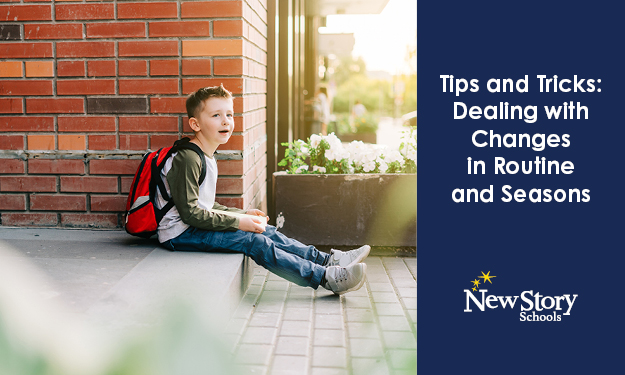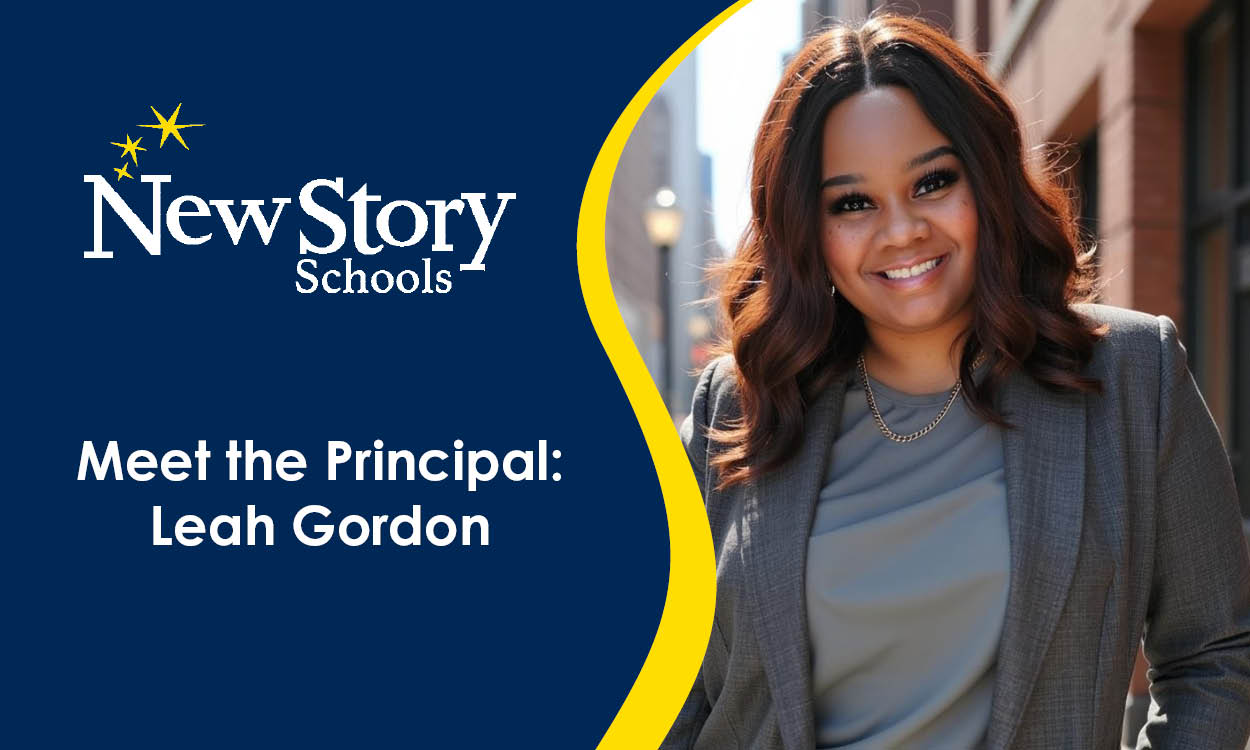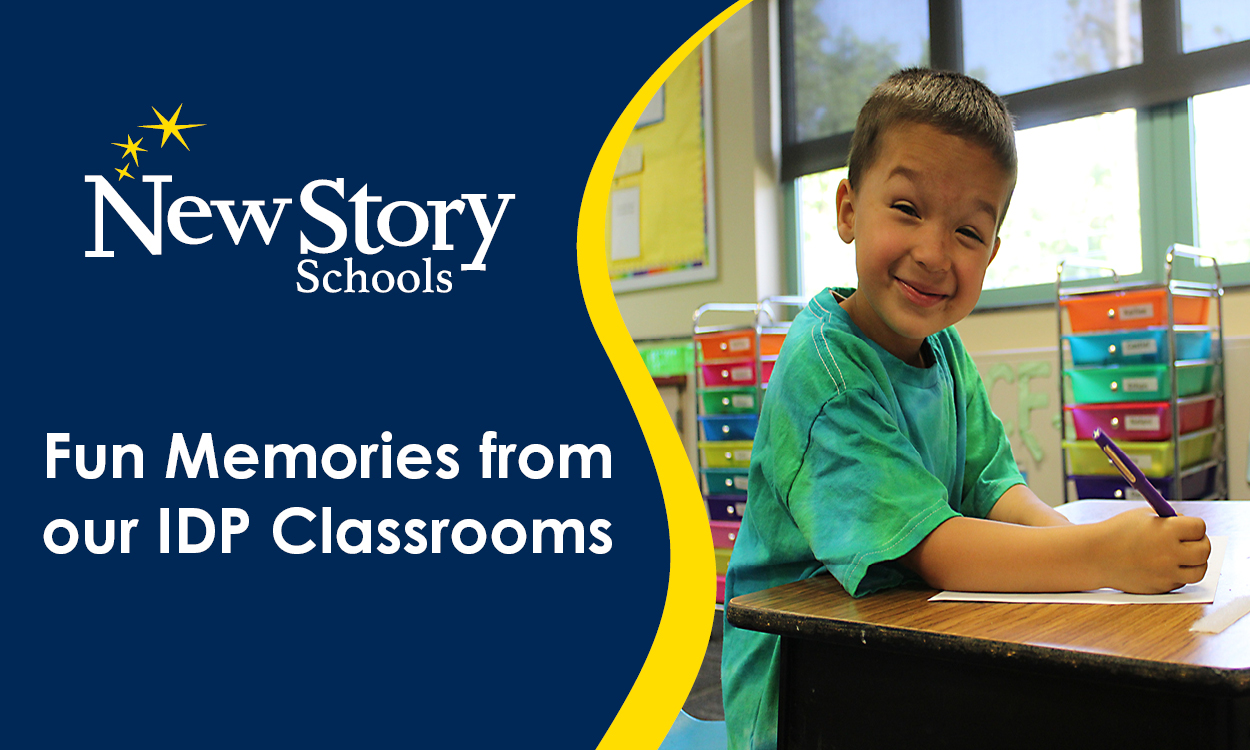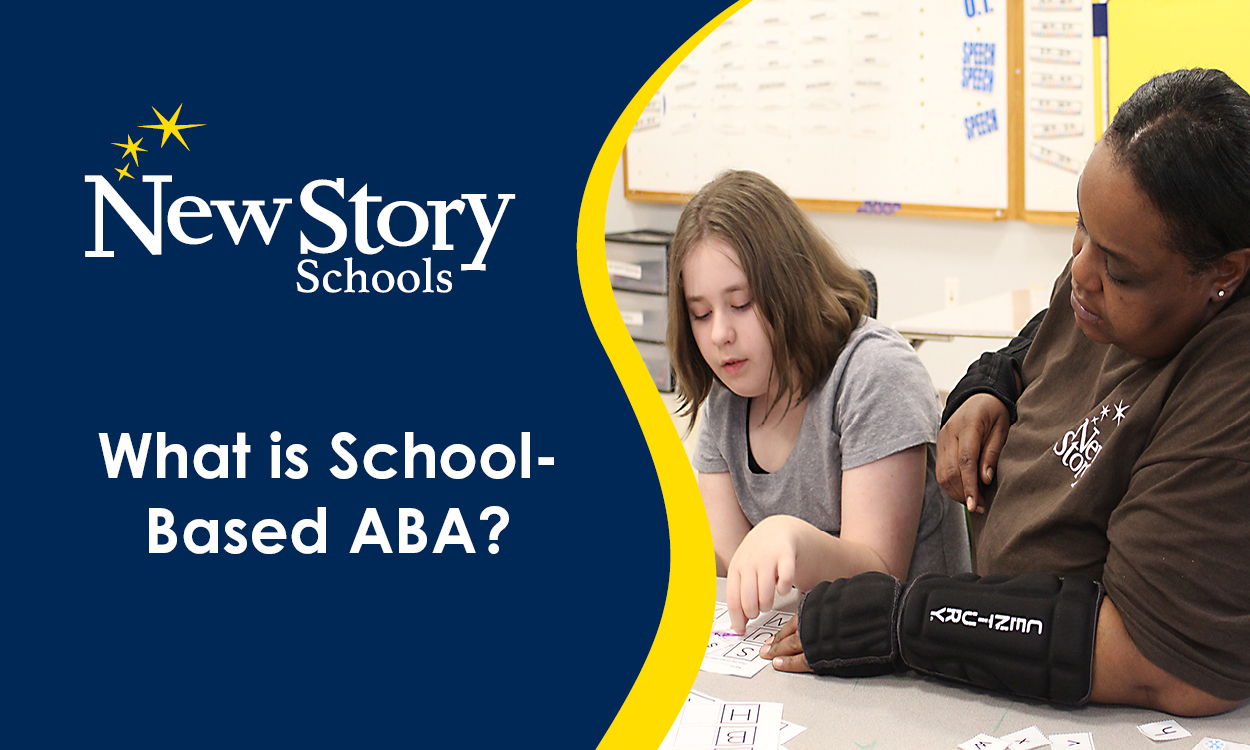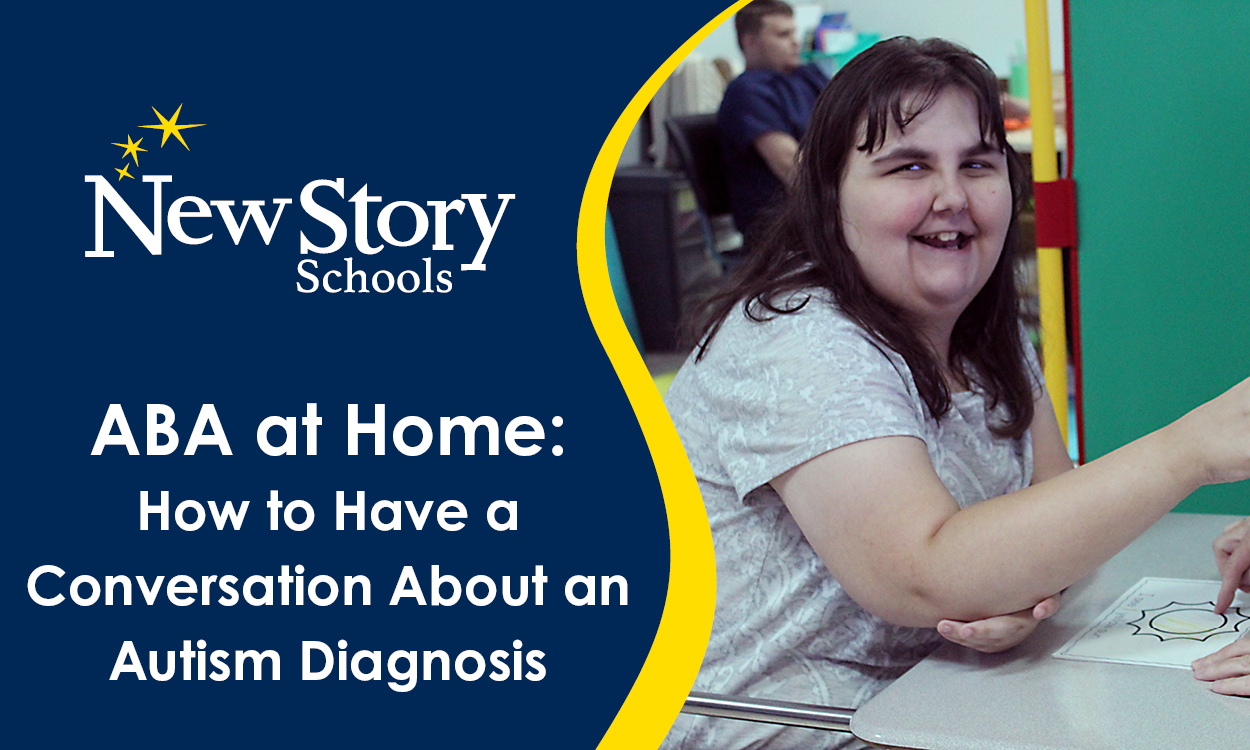Changing the Environment to Help Students in Need
Posted: April 18, 2022 | Written By: Angela O’Brien | Category: Special Education Teaching
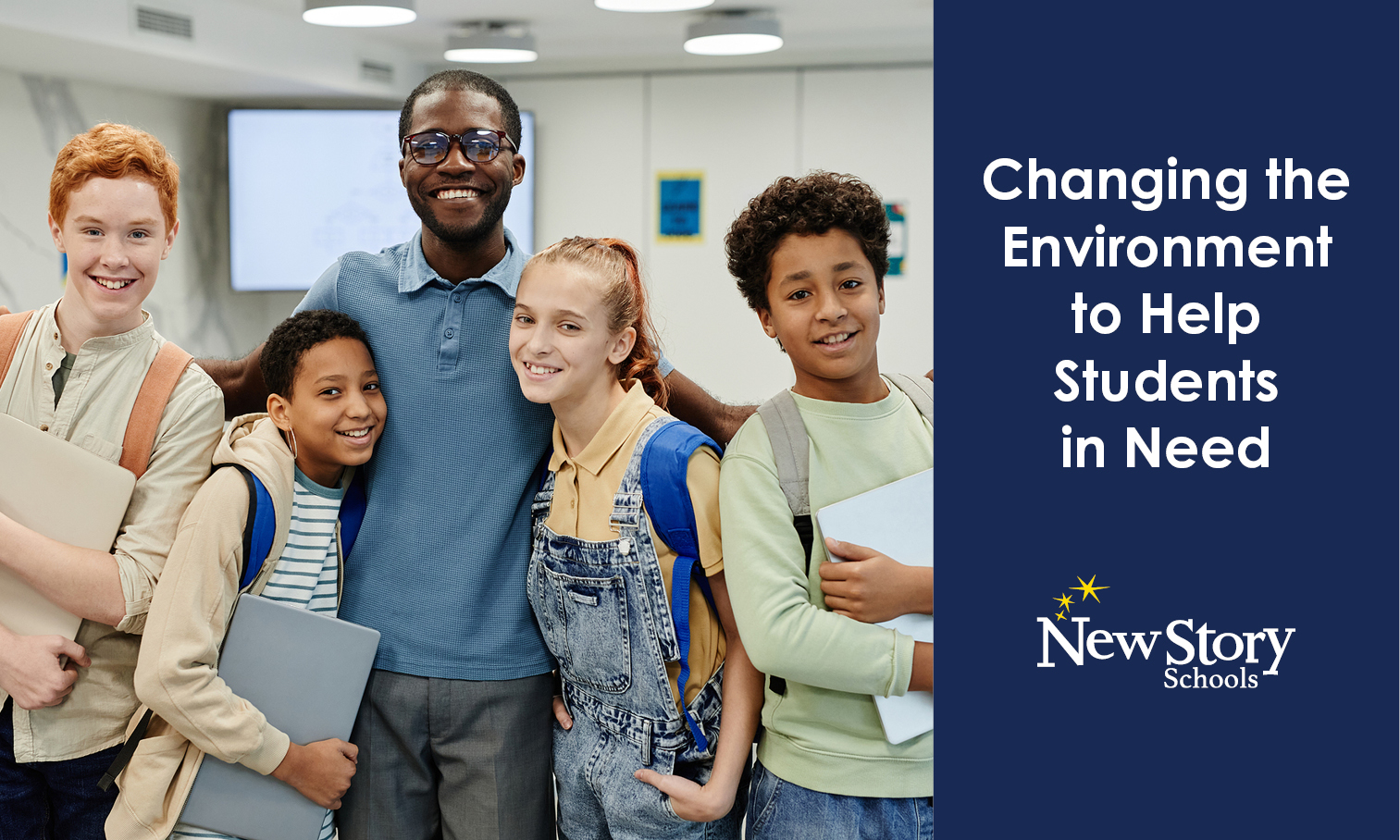
Diah Askari, known to his followers on Facebook and Instagram as Behavior Man, posted in April 2020, “Do not attempt to change the individual to fit the needs of the world. Change the world to fit the needs of the individual.” His words are powerful, and they coincide with a movement in the field of Applied Behavior Analysis (ABA) toward the acceptance and empowerment of individuals with autism spectrum disorders. The field is changing, and our educators, clinicians, and leaders are working to create safe, inclusive cultures that celebrate the strengths of the children and young adults we serve.
Central to ABA at New Story Schools is a focus on the environmental variables that shape and maintain behavior, both behavior that leads to learning and behavior that interferes with learning. We use that environmental information to create a plan for intervention and instruction that promotes meaningful change for our students. When we focus on changing our actions and the environment rather than changing the student, we build a learning culture that is thoughtfully crafted to increase opportunities for happiness and decrease frustrations.
An impactful success story of a former New Story Schools student comes to mind:
He had not seen the inside of a classroom in years, and in his first week at New Story Schools, he barely made it past the lobby doors, refusing to make the short walk to meet his teacher and classmates. His previous years were peppered with medical trauma, minimal education, low teacher expectations, and only essential community trips. Fast forward several months later, and he was sitting at a desk, learning alongside his peers. His stereotypy was neither quiet nor desirable to watch, but his New Story staff looked past it and focused on arranging his environment to promote safety and functional communication. The next school year, he regularly took trips into the community to practice life skills, like grocery shopping and following traffic signs. He began to complete difficult math and play kickball with friends. He had a meaningful educational experience at New Story and learned skills that would bridge him into adulthood.
Providing responsive intervention that promotes autonomy and the unique differences of individuals with autism does not mean we need to sacrifice evidence-based practice. We can do both! Greg Hanley (2021) wrote it best when he described trauma-informed ABA as this:
“By learning through listening; by enriching therapeutic contexts; by building and maintaining trust; by following one’s lead; by relying on personalized contexts in which people are happy, relaxed, and engaged; by listening to communication bids; by not working people through noncompliance or emotional duress; by allowing people to walk away; by making decisions based on performance; and by teaching from joy...”
Practicing a strength-based approach to education and therapy that considers the whole child, we are the helping hand that supports students and clients write their new stories. We invite you to join in a celebration of autism acceptance that lasts beyond World Autism Month. Listen and learn from the voices in your families and communities of individuals with autism. Gaining a deeper perspective of their experiences will help us all to broaden our minds and hearts.
Want to be notified of new articles and resources from New Story Schools? Submit your email and opt into our newsletter!


